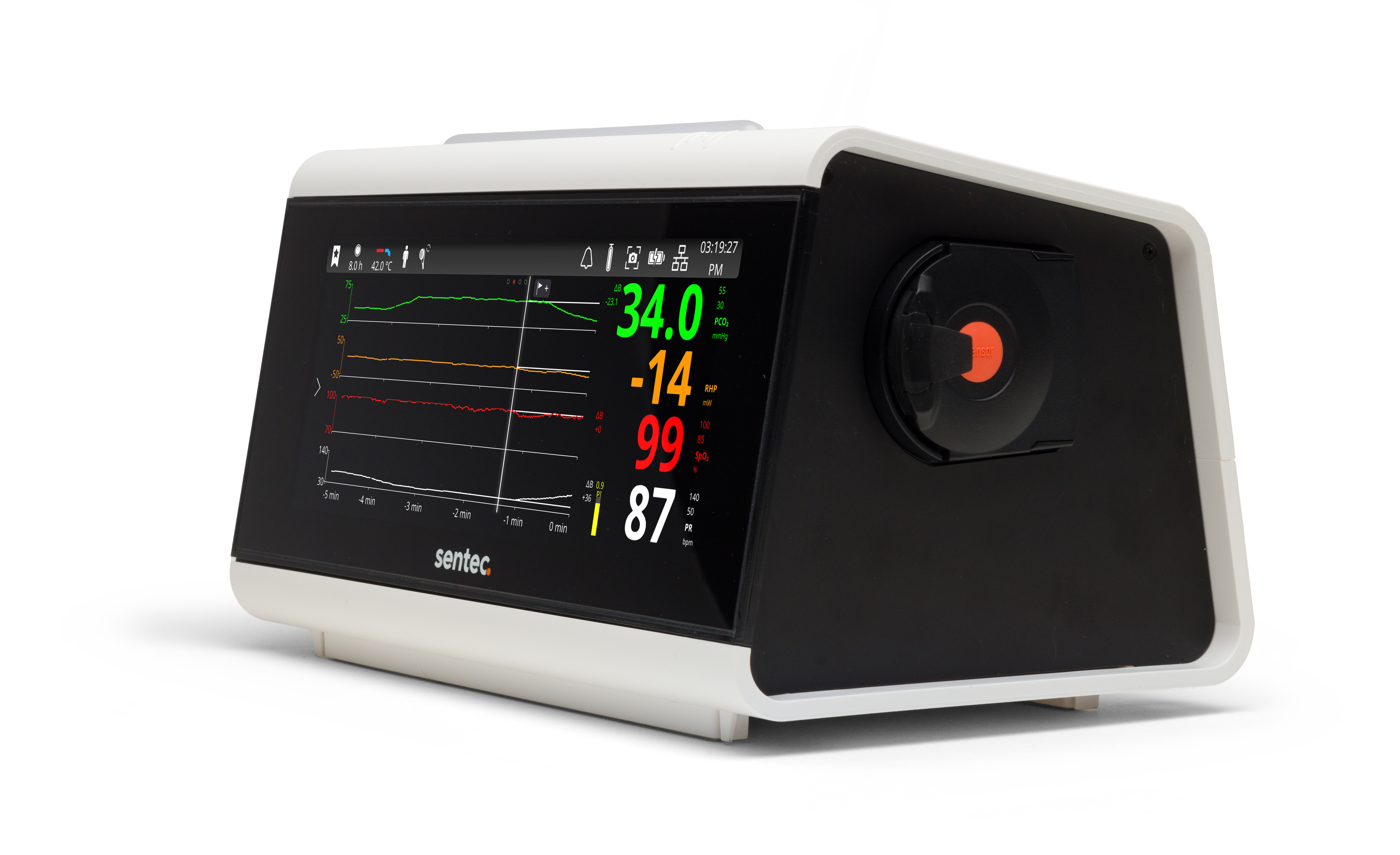CLINICAL IMPACT SUMMARY
Transcutaneous Monitoring in the NICU: Clinical Impact & Utility
CLINICAL IMPACT SUMMARY
Transcutaneous Monitoring in the NICU: Clinical Impact & Utility
CLINICAL IMPACT SUMMARY
Transcutaneous Monitoring in the NICU: Clinical Impact & Utility
How can transcutaneous monitoring help support your neonatal patients?
Sentec transcutaneous technology overcomes many of the current limitations and challenges associated with CO2 measurement in the NICU by providing accurate, continuous, noninvasive CO2 values regardless of ventilation method or V/Q mismatch. Sentec transcutaneous monitoring provides consistent, independent CO2 measurement all while promoting neuroprotective efforts to deliver clustered care, protect skin integrity, and reduce the frequency of blood draws.
This paper explores the clinical utility of transcutaneous monitoring in the NICU as highlighted in the literature, covering:
How can transcutaneous CO2 monitoring help support your neonatal patients?
Sentec transcutaneous technology overcomes many of the current limitations and challenges associated with CO2 measurement in the NICU by providing accurate, continuous, noninvasive CO2 values regardless of ventilation method or V/Q mismatch. Sentec transcutaneous monitoring provides consistent, independent CO2 measurement all while promoting neuroprotective efforts to deliver clustered care, protect skin integrity, and reduce the frequency of blood draws.
This paper explores the clinical utility of transcutaneous monitoring in the NICU as highlighted in the literature, covering:
Meet the tCOM+
Developed with care, designed for confidence.
The tCOM+ offers continuous monitoring of tcPCO2, SpO2, and PR with a sleek new look and feel. This latest model includes significant software advances that improve workflow for providers, while continuing to support reduced blood draws and proactive ventilator management across care areas.

Stay up-to-date with Sentec


